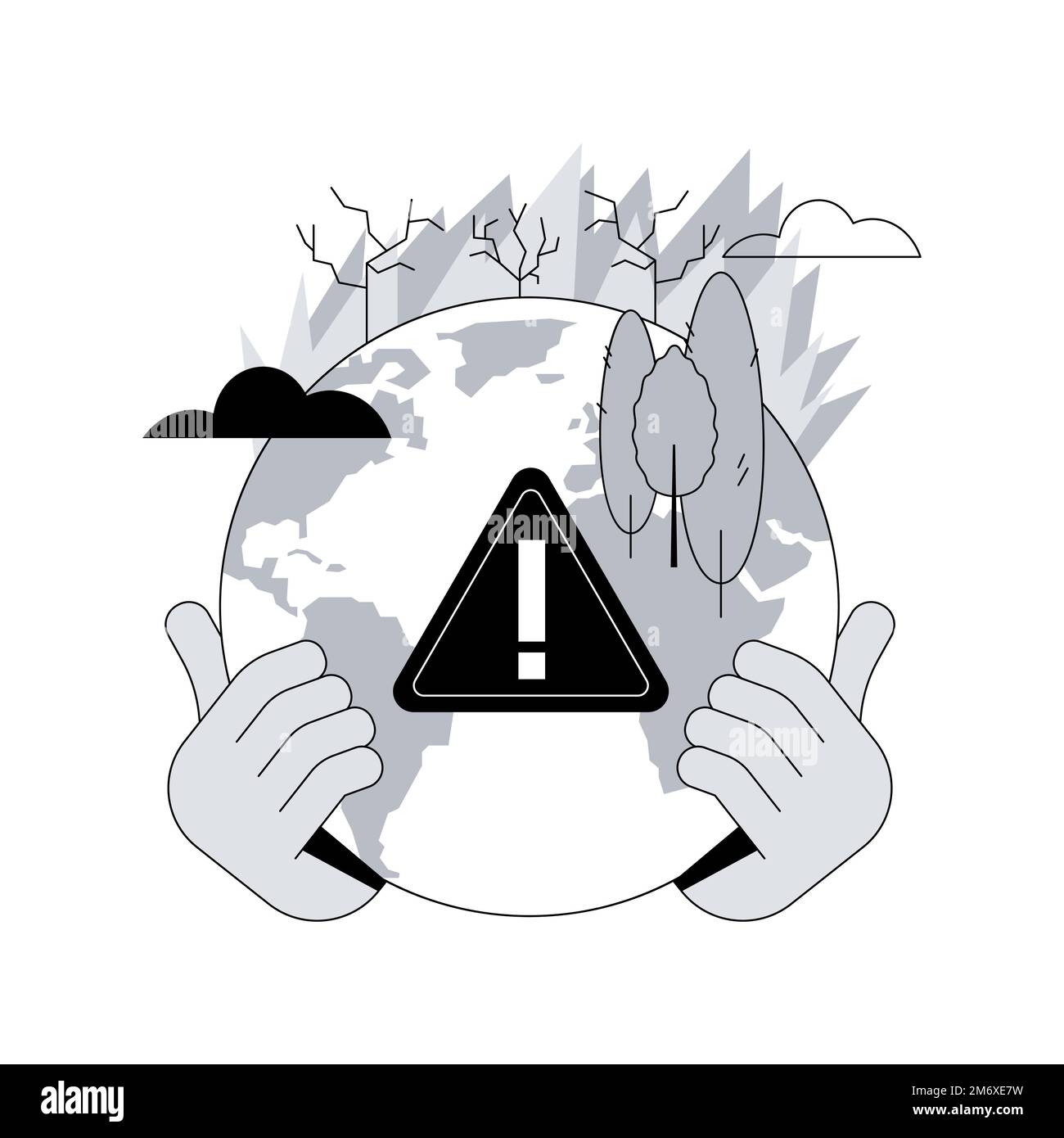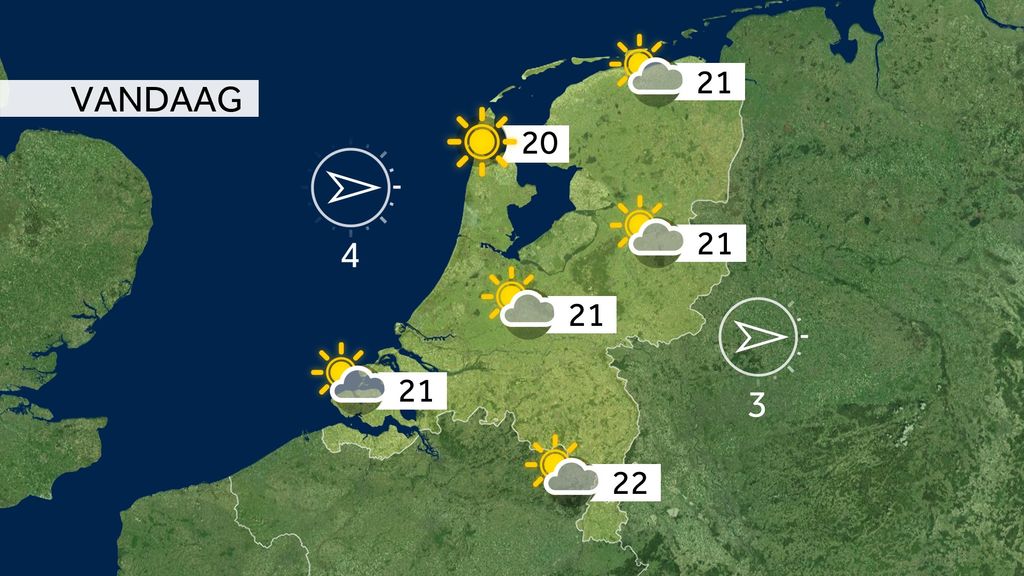Record-Breaking Global Forest Loss: Wildfires And Deforestation

Table of Contents
The Devastating Impact of Wildfires on Global Forest Loss
Wildfires are a significant contributor to record-breaking global forest loss. Their increasing frequency and intensity, fueled by climate change and other factors, are causing unprecedented destruction to forest ecosystems worldwide.
The Increasing Frequency and Intensity of Wildfires
Climate change is a major driver of increased wildfire frequency and intensity. Prolonged droughts, coupled with higher temperatures, create ideal conditions for fires to ignite and spread rapidly. Regions like the Amazon rainforest, Australia, and California have experienced devastating wildfire outbreaks in recent years, burning millions of hectares of forest. For instance, the 2019-2020 Australian bushfires burned an estimated 18.6 million hectares, releasing massive amounts of greenhouse gases into the atmosphere.
- Increased ignition sources: Human activity, such as accidental and intentional fires, and increasing lightning strikes due to changing weather patterns, contribute significantly to wildfire ignition.
- Fuel build-up: Decades of forest mismanagement practices, including fire suppression that led to increased fuel loads, have exacerbated the severity of wildfires.
- Impact of changing weather patterns: More frequent and intense heatwaves, strong winds, and prolonged dry seasons create tinderbox conditions that lead to larger and more destructive fires.
The Ecological and Economic Consequences of Wildfire-Driven Forest Loss
The consequences of wildfire-driven forest loss are far-reaching and devastating. These catastrophic events result in significant biodiversity loss, release massive amounts of greenhouse gases, and impose substantial economic costs.
- Impact on biodiversity: Wildfires destroy habitats, leading to the loss of countless plant and animal species, some of which may face extinction. The destruction of critical ecosystems disrupts intricate ecological balances.
- Greenhouse gas emissions: Burning forests release vast quantities of carbon dioxide and other greenhouse gases into the atmosphere, exacerbating climate change and further increasing the risk of future wildfires. This creates a dangerous feedback loop.
- Economic costs: Wildfires cause extensive damage to property, infrastructure, and timber resources. The costs associated with firefighting, recovery efforts, and the loss of tourism revenue are substantial. Further, air pollution from wildfires causes significant health problems, placing additional strain on healthcare systems.
- Other Impacts: Air pollution from wildfires impacts human health, causing respiratory issues and other health problems. Soil erosion and water contamination following wildfires also negatively affect the environment. Finally, the loss of ecosystem services, such as water regulation and carbon sequestration, has far-reaching economic and social consequences.
Deforestation: A Major Contributor to Record-Breaking Global Forest Loss
Deforestation, the clearing of forests for other land uses, is another major driver of record-breaking global forest loss. This ongoing process has severe environmental and social implications.
The Drivers of Deforestation
The primary drivers of deforestation include agricultural expansion, illegal logging, and infrastructure development.
- Agriculture: The demand for agricultural products, particularly cattle ranching, palm oil plantations, and soy production, is a leading cause of deforestation, particularly in tropical regions.
- Illegal logging: Illegal logging operations, often driven by profit motives and weak governance, devastate forests and undermine sustainable forestry practices. This illegal activity often fuels corruption and organized crime.
- Mining and infrastructure development: Mining activities and the construction of roads, dams, and other infrastructure projects contribute to forest clearing and fragmentation, impacting biodiversity and ecosystem services.
- Other factors: Rapid population growth leads to increased demand for land and resources, often at the expense of forests. Weak governance and inadequate law enforcement also allow deforestation to continue unabated.
The Environmental and Social Consequences of Deforestation
The consequences of deforestation are extensive and far-reaching. It leads to biodiversity loss, contributes to climate change, and has profound social impacts on communities that depend on forests for their livelihoods.
- Biodiversity loss: Deforestation results in the loss of habitat and fragmentation of ecosystems, threatening the survival of countless plant and animal species. The loss of biodiversity weakens ecosystem resilience and stability.
- Climate change: Deforestation contributes to climate change by releasing stored carbon into the atmosphere, reducing the planet's capacity to absorb carbon dioxide, and disrupting crucial climate regulation processes.
- Social consequences: Deforestation often leads to the displacement of indigenous communities and the loss of livelihoods dependent on forest resources. This can cause social unrest and conflict.
- Other Impacts: Increased greenhouse gas emissions contribute significantly to global warming. The loss of indigenous knowledge and cultural heritage tied to forests is also a significant consequence. Finally, deforestation can increase the risk of zoonotic diseases spilling over from wildlife to humans.
Combating Record-Breaking Global Forest Loss: Strategies for Conservation and Restoration
Addressing record-breaking global forest loss requires a multi-pronged approach that incorporates sustainable forest management practices and effective policy and governance initiatives.
Sustainable Forest Management Practices
Sustainable forest management practices are crucial for mitigating deforestation and promoting forest regeneration.
- Responsible logging: Implementing responsible logging techniques, such as selective logging and reforestation efforts, minimizes the impact on forest ecosystems.
- Sustainable agriculture: Promoting sustainable agriculture practices, such as agroforestry and crop diversification, can reduce the demand for land conversion and minimize deforestation.
- Reforestation and afforestation: Large-scale reforestation and afforestation projects are vital for restoring degraded forests and increasing carbon sequestration.
- Other Initiatives: Certification schemes for sustainable timber products help ensure responsible forest management. Community-based forest management empowers local communities to protect and manage their forests sustainably.
Policy and Governance Initiatives
Strong policy and governance frameworks are essential for combating deforestation and promoting forest conservation.
- International agreements: International agreements, such as the Paris Agreement, provide frameworks for global cooperation in addressing climate change and protecting forests.
- National policies and legislation: Strong national policies and legislation are necessary to protect forests, regulate logging activities, and combat illegal deforestation.
- Stricter enforcement: Stricter enforcement of laws against illegal logging and deforestation is essential to deter illegal activities and protect forest resources.
- Other Initiatives: Strengthening environmental regulations, investing in forest monitoring and surveillance technologies, and promoting international cooperation are vital components of effective forest conservation efforts.
Conclusion: Addressing Record-Breaking Global Forest Loss
The alarming rates of global forest loss driven by wildfires and deforestation pose a significant threat to our planet. The devastating consequences of this loss, including biodiversity decline, climate change exacerbation, and social disruption, demand urgent action. Addressing both wildfires, through improved forest management and climate change mitigation, and deforestation, through sustainable land use practices and strengthened governance, is crucial to mitigating these negative impacts.
Protecting our forests is crucial. Learn more about the devastating impact of record-breaking global forest loss and take action today to help reverse this alarming trend. Support organizations working to protect forests, advocate for policies that promote forest conservation and restoration, and make conscious choices in your daily life to reduce your environmental footprint. Together, we can fight record-breaking global forest loss and safeguard the future of our planet.

Featured Posts
-
 Wordle Help Solving The Nyt Puzzle For March 26 2024
May 22, 2025
Wordle Help Solving The Nyt Puzzle For March 26 2024
May 22, 2025 -
 The Blake Lively Allegation Facts Rumors And Public Reaction
May 22, 2025
The Blake Lively Allegation Facts Rumors And Public Reaction
May 22, 2025 -
 New Orleans Sheriffs Reelection Bid On Hold After Jailbreak
May 22, 2025
New Orleans Sheriffs Reelection Bid On Hold After Jailbreak
May 22, 2025 -
 Kwartaalcijfers Boost Abn Amro Aex Koers
May 22, 2025
Kwartaalcijfers Boost Abn Amro Aex Koers
May 22, 2025 -
 Will An Arsenal Legend Become Manchester Citys Next Manager
May 22, 2025
Will An Arsenal Legend Become Manchester Citys Next Manager
May 22, 2025
